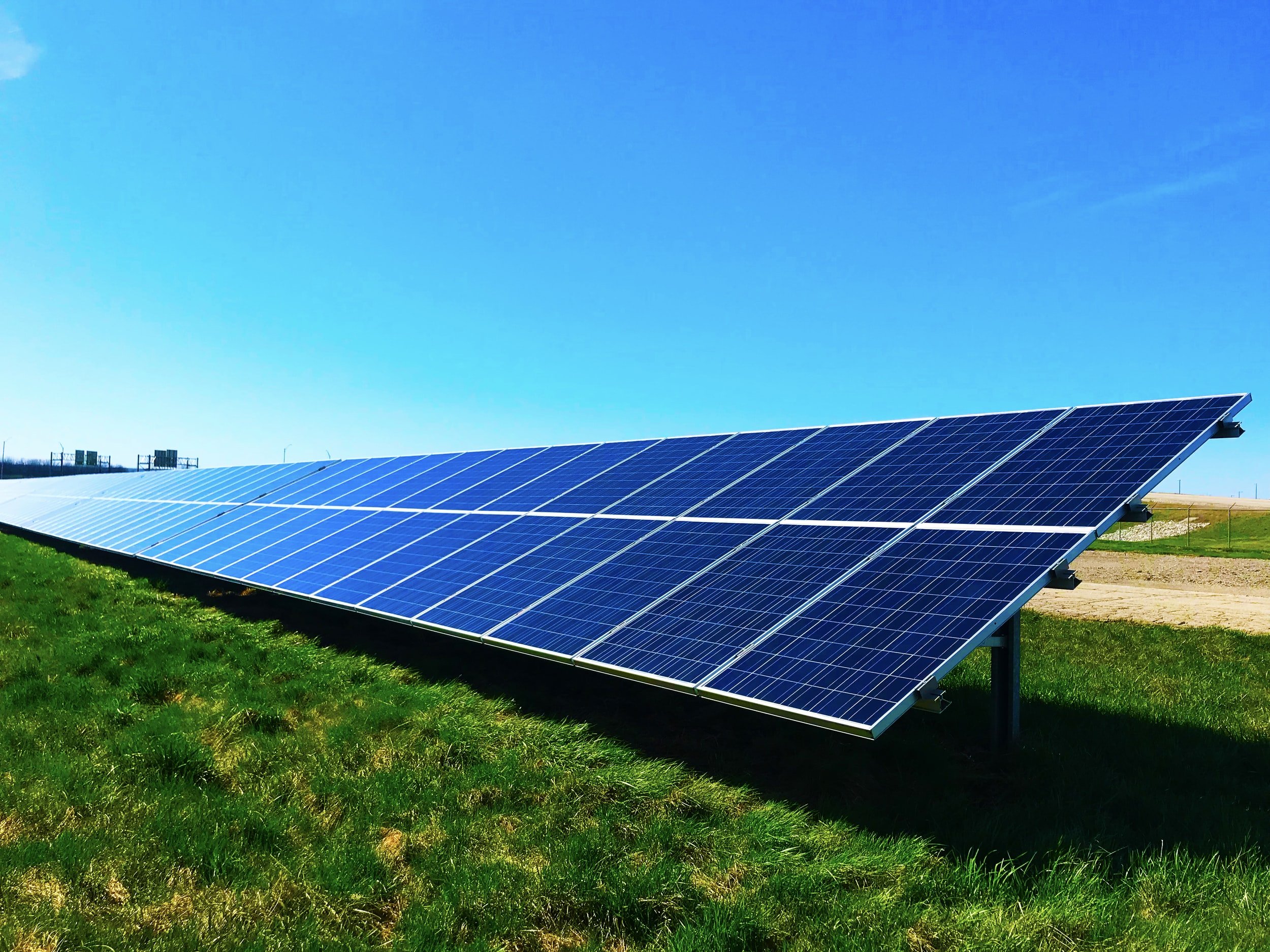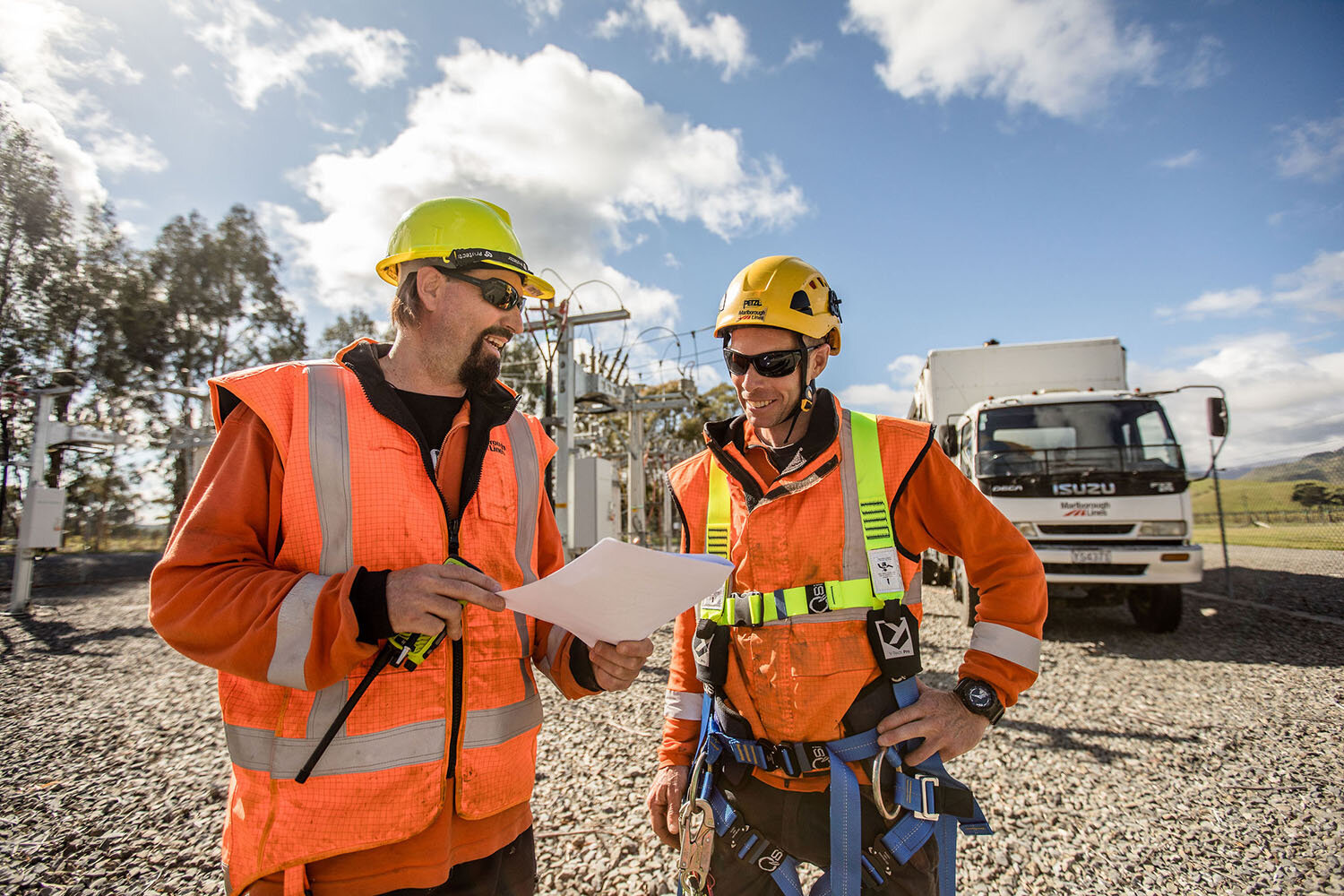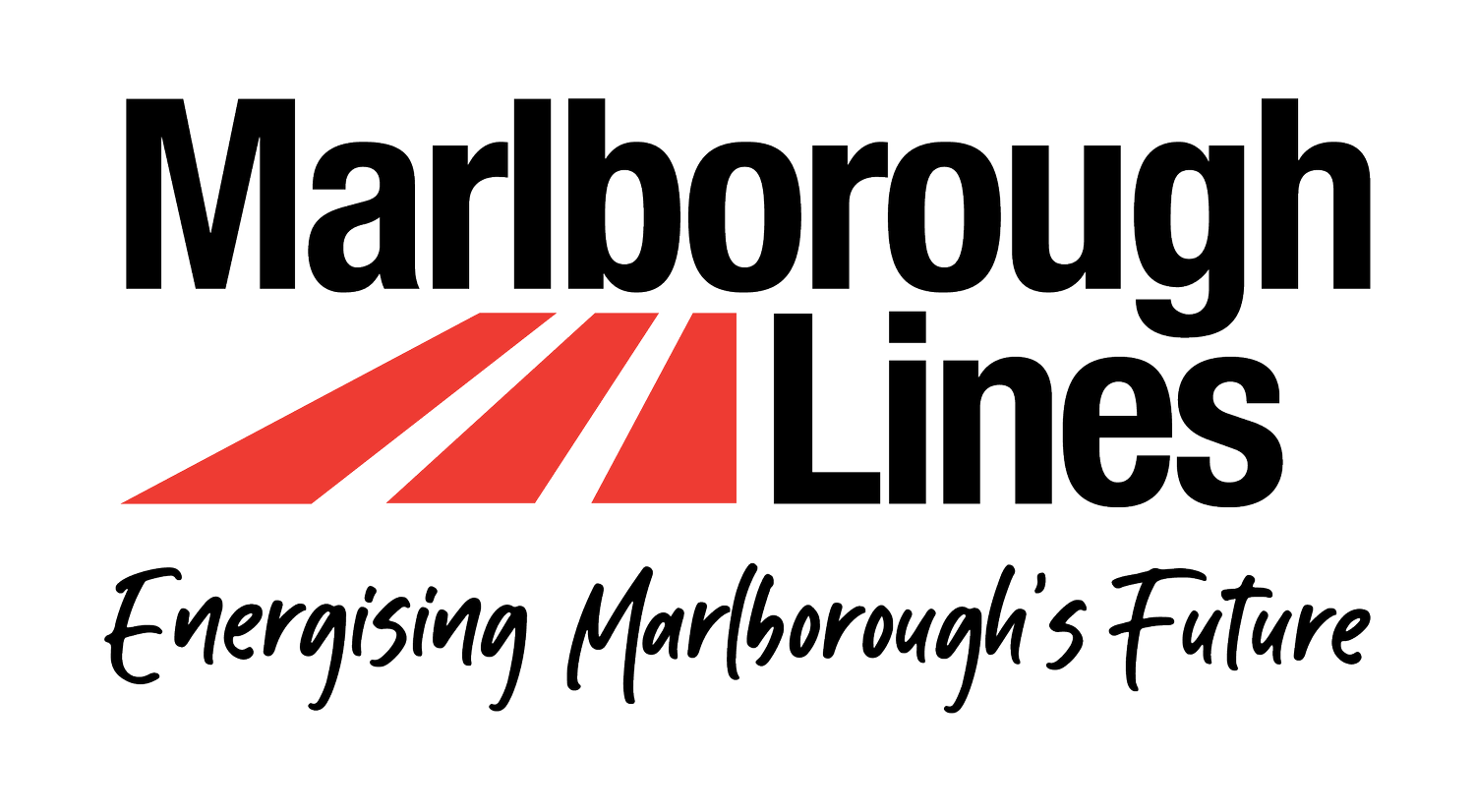
CONNECT DISTRIBUTED GENERATION
Connect Distributed Generation
NOTE – DG Application Fee Increase
From 1st November 2024, the fees for DG applications will be increasing, consistent with the provisions of the Electricity Industry Participation Code 2010
Overview
Before you install or upgrade any equipment such as solar panels, battery storage or other generation, a connection application to MLL is required. We’ll need to assess the impact this equipment will have on our network to ensure it does not negatively affect others.
Depending on the existing meter at your property, you may need to pay for a new meter to track your energy use, which you'll need to organise through your retailer.
Due to the technical nature of the information we need, we recommend you have an electrician or electrical consultant complete the application on your behalf.
Information on the regulated process for connecting distributed generation to the Marlborough Lines network is provided in our connection policy linked below. This policy details the application pathways, timeframes, high level requirements and our fees.
If you have any questions about connecting DG please email us at: distributed.generation@mll.co.nz.
Small Distributed Generation (Homeowners and Small Businesses)
Information on the connection process and compliance for small generators connected to our low voltage network, 10kW or less.
Learn More ➔
Apply Here ➔
Medium Distributed Generation (Commercial or Industrial Businesses)
Information on the connection process and compliance for generators connected to our low voltage network, 1,000kVA and less.
Learn More ➔
Apply Here ➔
Large Distributed Generation (High Voltage Connections)
Information on the connection process and compliance for generators connected to our high voltage network.
Learn More ➔
Apply Here ➔
MLL’s Network Export Congestion Management
Distribution networks have primarily been designed and established for electricity flows in one direction. With an increasing number of distributed generation systems connecting this could introduce bidirectional electricity flow on parts of our network not designed for it.
The standard linked below provides guidelines for how MLL manages congestion on our network as a result of distributed generation and outlines areas currently known to be, or reasonably expected to become, subject to export congestion within the next 12 months.

